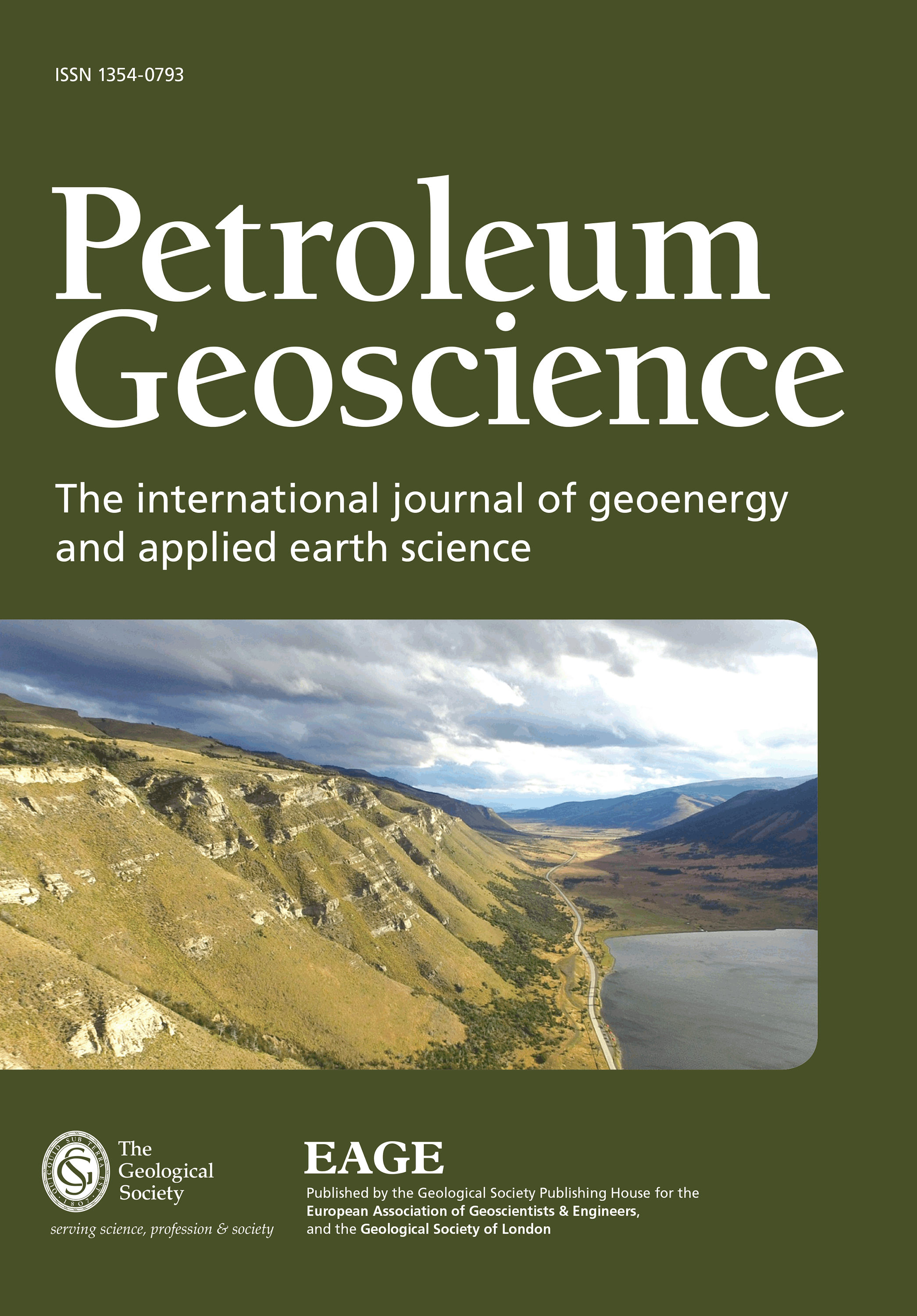
Full text loading...
Bed-scale heterogeneity in channelized deep-water reservoirs can significantly influence reservoir performance, but reservoir simulation typically requires cell sizes much greater than the scale of intra-channel element architecture. Here, bed- to geobody-scale simulations elucidate the influence of bed-scale architecture and channel element stacking on flow and connectivity, informing full-field reservoir model development and evaluation.
Models consist of two channel element segments, each 300 m (985 ft) wide by 14 m (45 ft) thick and 550 m (1805 ft) long, stacked in 12 different stacking arrangements. Bed-scale architecture is captured in six deterministic element fills, highlighting interbedded sandstone and mudstone (thin bed) presence (homogeneous v. heterogeneous elements), position (symmetrical v. asymmetrical), and proportion (low v. high element net-to-gross). Each model is flow simulated to illuminate how element stacking and intra-element heterogeneity impacts reservoir performance.
Thin bed presence and position have the greatest impact on reservoir connectivity/performance when elements are laterally offset; impacts are minimal when elements are vertically aligned. Impacts are exacerbated when the thin-bed proportion is increased. Where bed-scale architecture is represented, complex flow behaviours generate a significant variability in production timing and the cumulative volumes produced. Simulations consisting of a homogenous element architecture fail to capture complex flow behaviours, producing comparatively optimistic results.

Article metrics loading...

Full text loading...
References


Data & Media loading...

